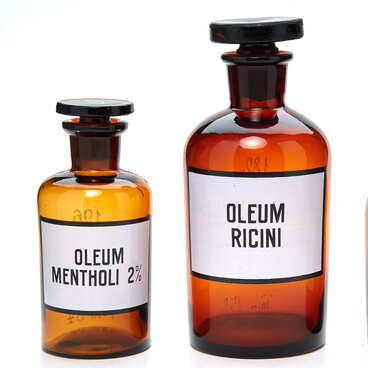People learned to protect their eyes from bright sunlight thousands of years ago. The Eskimos used strips of tree bark, leather, or plates made of walrus bone, with two thin slits. Chinese peasants used cloth bandages with a slot that helped to narrow the field of vision. In the Roman and Chinese Empires, glasses were made of colored transparent minerals. For example, Nero looked at the gladiator fights through a large green chrysolite, which protected his eyes from the blinding marble covering of the arena.
In 1752, the English scientist James Askew invented a blue lens. But such accessories weren’t popular then. For the first time, Napoleon ordered a large installment of sunglasses — 200,000 for his soldiers who participated in the Egyptian campaign in 1798–1801. They were made of glass, which was darkened with soot and varnish. The glasses greatly distorted the picture. But a large order motivated the scientists: they began to develop a device that would protect the soldiers from the sun and allow them to see well. New blue and green lenses that did not distort the image were painted with cobaltous oxide.
In the 19th century, not only the military used glasses with colored lenses. It was believed, that green lenses have a beneficial effect on eyestrain and even get rid of some eye diseases. But, gradually, the popularity of green lenses faded, and they were replaced by blue, then yellow ones.
For a long time, inventors have been trying to create glasses that would both protect from the sun and correct vision. The problem was, that due to the different thickness of the optic zones of the lens, the intensity of its color in different areas differed. In 1897, the Englishman John Richardson proposed double glasses with two sets of lenses. The flat solar-protective lenses on them were folded to the sides. In bright light, they were supposed to be closed and secured. And in the folded back position, they protected the eyes from wind and dust. At the end of the 19th century, travelers who had to walk a lot along the railway line often wore such glasses.
The exhibition presents sunglasses together with the original label. They were made in Tula. Glasses were sold in a ‘Special optical store’, which belonged to Mr. M. M. Chumakov. It is known that in addition to glasses, one could buy pince-nez, lorgnettes, binoculars, magnifying glasses, spyglasses, thermometers, barometers, and watches there.



